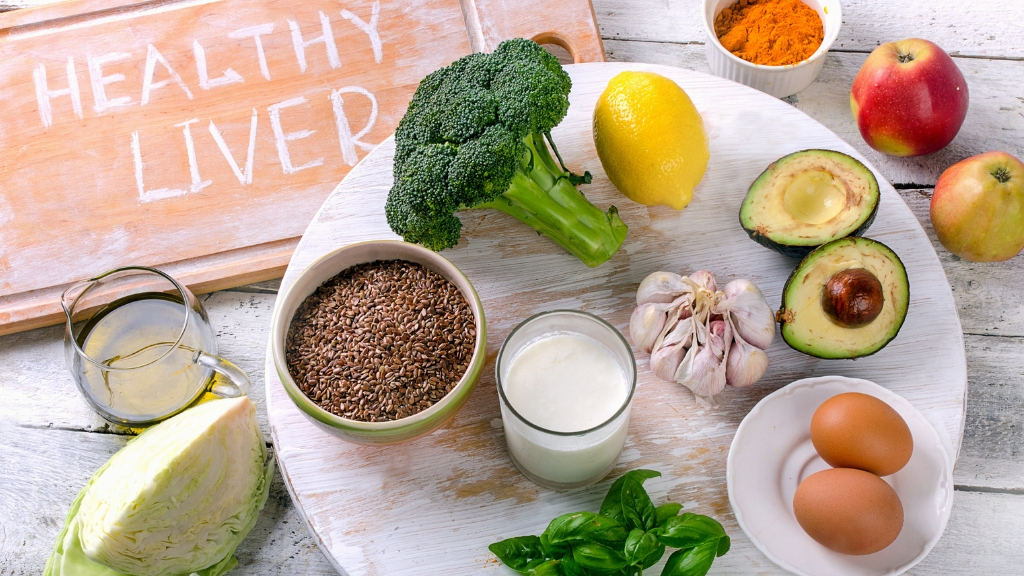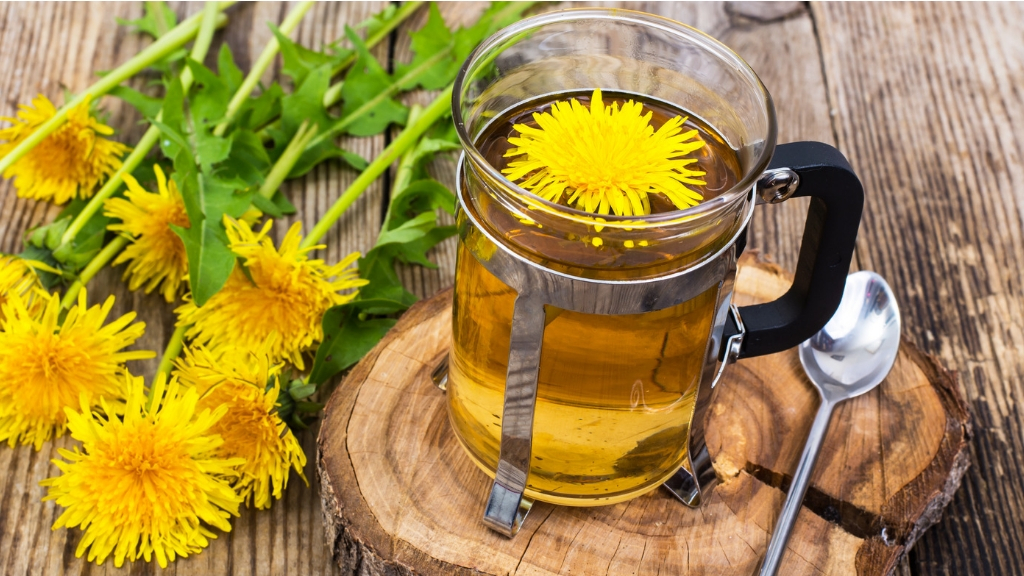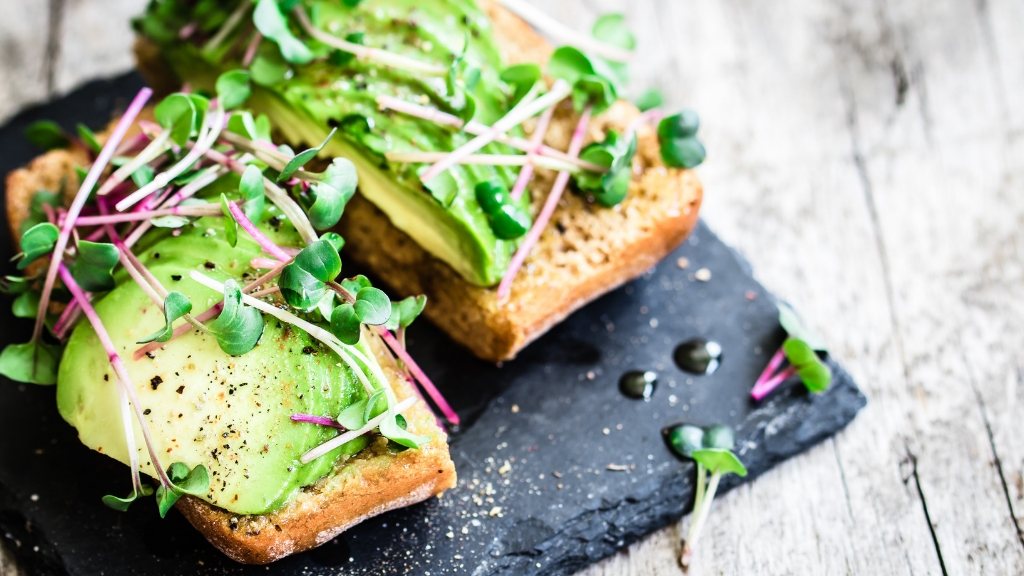If you believe you have or have been diagnosed with any form of liver disease, a discussion with your doctor about a new diet is needed. This is a first line approach to helping your liver function better.
But to really understand that, we need to take a deeper look at the liver and the vital role the liver plays in your body.
The Function of the Liver
The liver is one of the largest organs in the body, it’s roughly the size of a football. The primary task of your liver is converting what we eat into nutrients our body can use by storing and supplying these substances when needed.
The liver also deals with the toxic substances we come in contact with virtually on a daily basis. Its job here is to expel them from the body or detoxify them. All metabolic processes in the body require the liver to function correctly.
The Stages of Liver Disease
There are many different types of liver disease with different causes, from viral infections, chemical injuries, or an attack from your own body. No matter what the cause, the stages are roughly similar for everyone and can be broken down into five generalized stages, according to the American Liver Foundation.

Healthy: The healthy liver isn’t necessarily a stage of the disease, it’s just the starting point for most people. It’s also the goal because having a healthy liver helps your body manage food intake and waste efficiently and effectively.
Inflammation: In the beginning, your liver may become inflamed, tender and enlarged. The inflammation signals that your body is trying to fight an infection or heal and injury. But if the inflammation continues and the infection or injury isn’t managed, your liver can be permanently damaged.
If your liver disease is diagnosed and treated at this stage, you stand a good chance of having a successful outcome. The problem is that liver inflammation is not like inflammation in the rest of your body because it is rarely felt or noticed.
Fibrosis: If the inflammation isn’t diagnosed or treated, scar tissue will develop. As scar tissue replaces healthy tissue you move into the fibrosis phase. Scar tissue does not function, so you’re losing some of the functions of the liver. It also can block blood flow to the liver, making the undamaged part work harder.
Cirrhosis: This stage is where scarring has occurred, and hard scar tissue has replaced healthy tissue. If cirrhosis is not treated the liver will become seriously compromised and can lead to many different complications including liver cancer.
Liver Failure: At this point, your liver is losing or has lost most of its function. This is a life-threatening condition and requires urgent medical intervention. This almost always happens over a long period of time, but in cases of acute poisoning it can happen in as little as a couple of days.

A Renal Diet for Your Liver
For people who have been diagnosed with compromised kidney function, a renal (kidney) diet may be prescribed. Since the liver and kidneys both detoxify the blood, the diet has benefits for both, especially when specifically tailored for liver health.
The goal of this diet is to limit the amount of waste in the blood because the liver can no longer process it properly.
A renal diet is low in sodium, phosphorous, and protein. High-quality proteins are typically consumed in liquids to make them easier to digest. There may also be some concern about the amount of potassium and calcium that is in the diet.
It’s important for each person to have a diet prescribed specifically for them by a dietitian. This ensures that your specific condition is taken into consideration when the meals are planned.
The following renal diet suggestions for liver health are just that, a suggestion. You should contact your dietitian or doctor to see if it’s something you can try.
Before breakfast: Start your day with a cleansing beverage like dandelion tea. Dandelion has long been used to treat liver problems, and it’s a great way to jumpstart your metabolism.
Breakfast: Breakfast, like all meals, is an important part of the day for people with liver disease. Your body needs to be fueled to start the day and to stave off bad cravings later. Try a fruit-based smoothie, chia yogurt, oatmeal cereal, avocado on toast, or yogurt.

Lunch: It’s a great idea to try to make lunch the biggest meal of the day. Some options for a liver-healthy lunch are tabbouleh stuffed pepper, Indian chickpea and artichoke saute, a quinoa salad, fresh vegetables, soba noodles, and vegetables, or sesame pork tacos.
Snack: Snack time can be hard, especially if you’re battling some bad habits. It’s important to include a snack as regular, small meals are easier on your liver. This means making the right snack choice is important and should be planned in advance, so you stay on track.
Try these cashew coconut cookies, or marinated veggies, fresh fruit with a little Hershey syrup drizzle, a handful of nuts, or no-bake blueberry bites.
Dinner: This should be a lighter meal than you’re used to because your noon meal is now the biggest. This gives your liver time to digest before you go to sleep for the night. This herb and mushroom rice casserole is a great place to start, and once you get the hang of it you can make substitutions to fit your tastes.

The hard part might be saying good-bye to meats and proteins. If you want to add some meat protein, it’s best to stick with small portions or an alternative, like salmon. Smoked salmon delights are a great way to get some of the flavors you’re craving.
The Bottom Line
Liver disease is a serious problem that affects many. Unfortunately, it often goes unnoticed until it’s reached a significantly damaging stage. If you’ve been diagnosed with liver disease, it’s important that you change your diet immediately to help your liver recover what function it can. The liver does regenerate so early detection and diet changes are essential.
A balanced diet with a focus on fresh fruits and vegetables is key to getting the nutrients you need without taxing your liver. Quitting alcohol is also a vital step toward success.
Damaged livers cannot process protein very well, so getting the nutrients you need becomes a tricky balance. Try to aim for antioxidants, choose lean proteins or plant-based proteins, avoid excess fats, count your carbohydrates and try to eat more small meals throughout the day.






